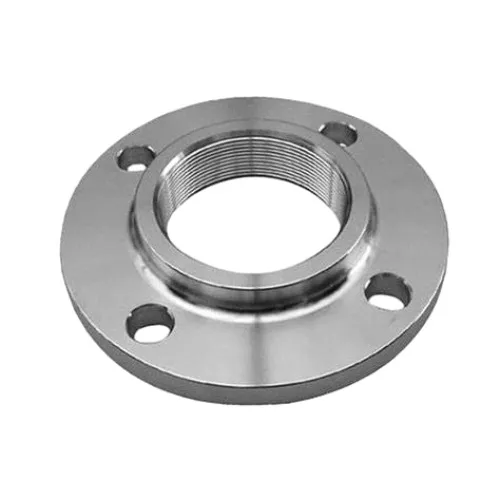-
Cangzhou Yulong Steel Co., Ltd.
-
Phone:
+86 13303177267 -
Email:
admin@ylsteelfittings.com
- English
- Arabic
- Italian
- Spanish
- Portuguese
- German
- kazakh
- Persian
- Greek
- French
- Russian
- Polish
- Thai
- Indonesian
- Vietnamese
- Zulu
- Korean
- Uzbek
- Hindi
- Serbian
- Malay
- Ukrainian
- Gujarati
- Haitian Creole
- hausa
- hawaiian
- Hebrew
- Miao
- Hungarian
- Icelandic
- igbo
- irish
- Japanese
- Javanese
- Kannada
- Khmer
- Rwandese
- Afrikaans
- Albanian
- Amharic
- Armenian
- Azerbaijani
- Basque
- Belarusian
- Bengali
- Bosnian
- Bulgarian
- Catalan
- Cebuano
- China
- China (Taiwan)
- Corsican
- Croatian
- Czech
- Danish
- Esperanto
- Estonian
- Finnish
- Frisian
- Galician
- Georgian
- Kurdish
- Kyrgyz
- Lao
- Latin
- Latvian
- Lithuanian
- Luxembourgish
- Macedonian
- Malgashi
- Malayalam
- Maltese
- Maori
- Marathi
- Mongolian
- Myanmar
- Nepali
- Norwegian
- Norwegian
- Occitan
- Pashto
- Dutch
- Punjabi
- Romanian
- Samoan
- Scottish Gaelic
- Sesotho
- Shona
- Sindhi
- Sinhala
- Slovak
- Slovenian
- Somali
- Sundanese
- Swahili
- Swedish
- Tagalog
- Tajik
- Tamil
- Tatar
- Telugu
- Turkish
- Turkmen
- Urdu
- Uighur
- Welsh
- Bantu
- Yiddish
- Yoruba

Aug . 16, 2024 16:46 Back to list
Exploring the Benefits of Investment Casting for Precision Engineered Components
Investment Casting Parts An Overview
Investment casting, often referred to as “lost wax casting,” is a highly versatile and precise manufacturing process used to create complex metal parts. This technique is especially favored in industries where high precision and excellent surface finishes are paramount, such as aerospace, automotive, medical, and oil and gas sectors. The process involves several steps, including creating a wax model, coating it with a ceramic shell, melting out the wax, and finally pouring molten metal into the cavity left behind.
The Process of Investment Casting
1. Pattern Creation The first step in investment casting is creating a wax pattern that is an exact replica of the desired part. The pattern is typically made of wax because it melts easily and can be molded with high detail.
2. Shell Building Once the wax patterns are made, they are coated with a fine ceramic material. This coating process often involves dipping the wax patterns into a slurry followed by sprinkling them with fine sand, creating a strong shell to withstand the casting process.
3. Wax Removal After the coating is dry, the entire assembly is heated in an autoclave or oven, where the wax melts and drains away, leaving behind a hollow ceramic shell. This essential step gives the method its ‘lost wax’ name.
4. Casting With the wax removed, molten metal is then poured into the cavity of the ceramic shell. The metal fills the negative space left by the wax pattern, creating a precise representation of the desired component.
5. Cooling and Shell Removal After the metal has cooled and solidified, the ceramic shell is broken away, revealing the cast part. The surface finish and dimensional accuracy at this stage are usually quite high.
6. Finishing Touches Finally, the casting may require additional finishing processes such as machining, grinding, or polishing, depending on the specific requirements of the part.
investment casting parts

Advantages of Investment Casting
Investment casting offers several advantages over other manufacturing methods
- Precision and Complexity This method allows for intricate shapes and complex geometries that would be difficult or impossible to achieve with traditional machining processes. - Excellent Surface Finish The process can achieve a superior surface finish that often requires minimal post-processing.
- Material Versatility A wide range of metals, including ferrous and non-ferrous alloys, can be used in investment casting, making it suitable for various applications.
- Reduced Waste As the investment casting process is highly efficient, it typically results in less material waste compared to methods like machining.
Common Applications
Investment casting is widely used across many industries. In the aerospace industry, it is used to produce turbine blades and other critical engine components that require both strength and lightweight properties. The automotive sector utilizes investment casting for producing complex parts such as engine blocks and transmission housings. In the medical field, precision parts for surgical instruments and prosthetics are often produced using this method, ensuring reliability and safety.
Conclusion
Investment casting has established itself as a crucial technique in modern manufacturing, providing high precision parts with excellent surface finishes. The ability to create complex geometries while minimizing waste and allowing for a wide variety of materials makes it an invaluable process in many industries. As technology advances, investment casting will likely continue to evolve, offering new possibilities for innovation and efficiency in manufacturing.
Latest news
-
ANSI 150P SS304 SO FLANGE
NewsFeb.14,2025
-
ASTM A333GR6 STEEL PIPE
NewsJan.20,2025
-
ANSI B16.5 WELDING NECK FLANGE
NewsJan.15,2026
-
ANSI B16.5 SLIP-ON FLANGE
NewsApr.19,2024
-
SABS 1123 FLANGE
NewsJan.15,2025
-
DIN86044 PLATE FLANGE
NewsApr.19,2024
-
DIN2527 BLIND FLANGE
NewsApr.12,2024
-
JIS B2311 Butt-Welding Fittings LR/SR 45°/90° /180°Seamless/Weld
NewsApr.23,2024











